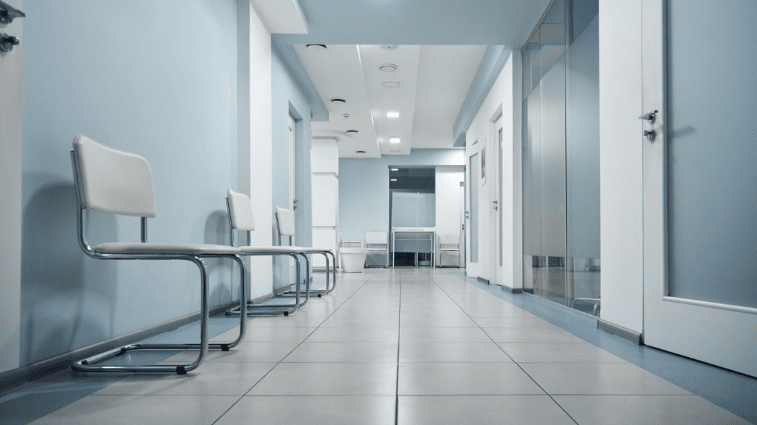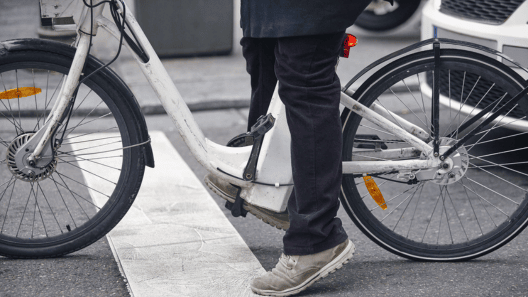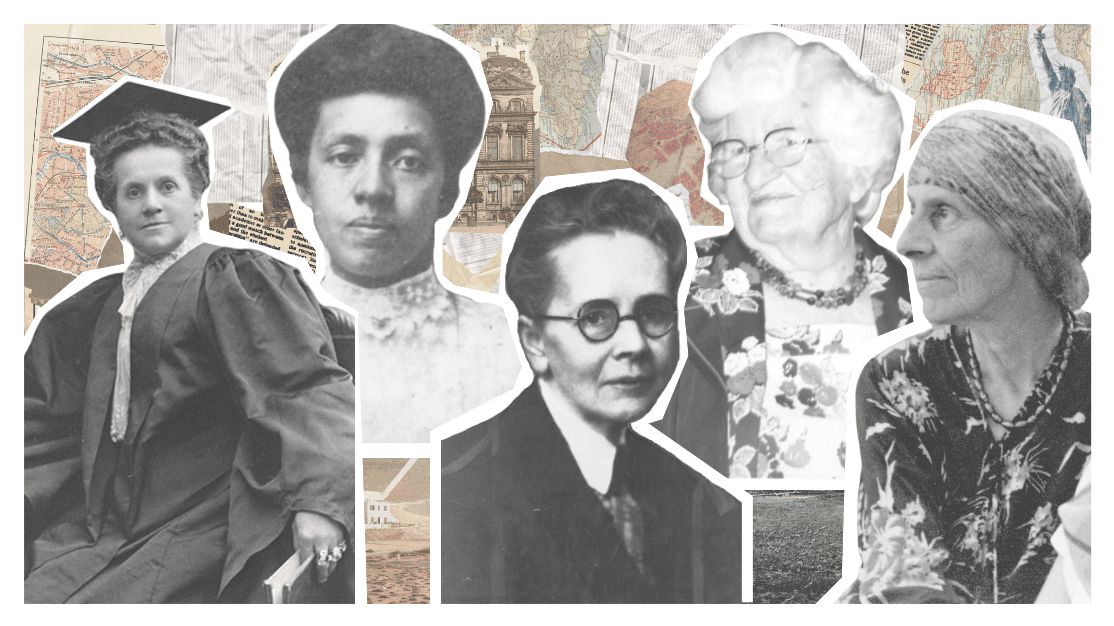
Caring for Healthcare: How the 2022 Code Updates Could Impact Healthcare Facilities
The 2022 NYC Building Code went into effect on November 7, 2022. While we’ve covered a number of general updates the new code will bring, it’s worth a moment to focus on healthcare facilities in particular.
Healthcare facilities in New York were asked to go above and beyond the past few years, and great changes are sweeping the healthcare industry. The new code updates, while they will ask more of builders working in these areas, aim to ensure safer healthcare facilities across New York City.
Fire Safety & Egress
Fire safety and egress are often a huge focus for code updates.
For any new or altered I-2 care facilities, which include hospitals, automatic fire alarm systems must be installed and there must be unrestricted egress access to all rooms and corridors. The code changes will also allow such facilities to open community rooms and cooking areas to nearby corridors, with fire protection requirements in place.
Outside of the I-2 occupancy group, ambulatory services (in which patients receive care within a 24-hour window) and long-term care facilities have been forced to expand services and respond to shifting circumstances due to the pandemic. Because of this, more stringent safety measures are required.
Ambulatory services in particular, which traditionally fall under office occupancy, will now be required to include a smoke barrier to separate units occupied by four or more patients incapable of self-preservation. Each unit must have its own egress access and area of refuge as well.
Ambulatory care facilities and Group I-2 occupancies must also be ventilated by mechanical means.
Weather Resilience
With recent incidents of flooding overwhelming the city sewer system, flood safety has become a major consideration for buildings.
One of the biggest code updates across the board is the expansion of flood zone requirements for the 100-year/ 1%-annual-chance flood hazard area to cover all critical facilities located in the 500-year/0.2%-annual-chance flood zone. This includes rescue, ambulance, designated emergency shelters, and healthcare facilities with surgery or emergency services.
Buildings covered by these requirements must be elevated or flood-proofed based on the guidelines described in FEMA's Base Flood Elevation, with an eye on preserving electrified building systems. Developers and existing facilities may also want to think about building in resilience to other elements beyond flooding, such as hurricane shutters in entryways or streamlined designs to minimize wind resistance.
As proper healthcare makes our city safer, these changes to the code will hopefully make healthcare safer in turn. In any case, it’s important that those working in this industry keep an eye out for further updates.
For assistance on preparing your projects for upcoming building code changes, Outsource Consultants.
Resources








